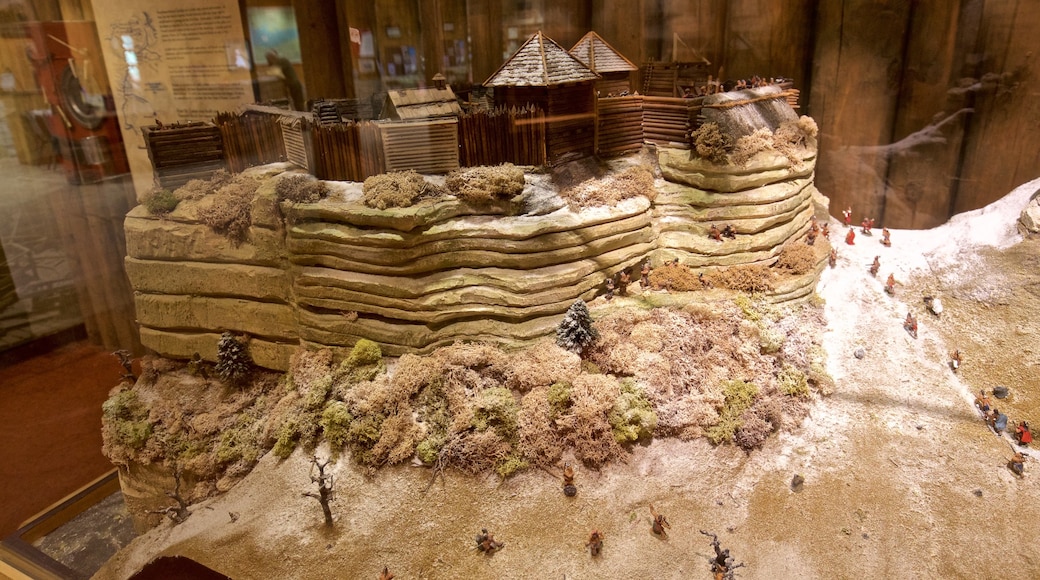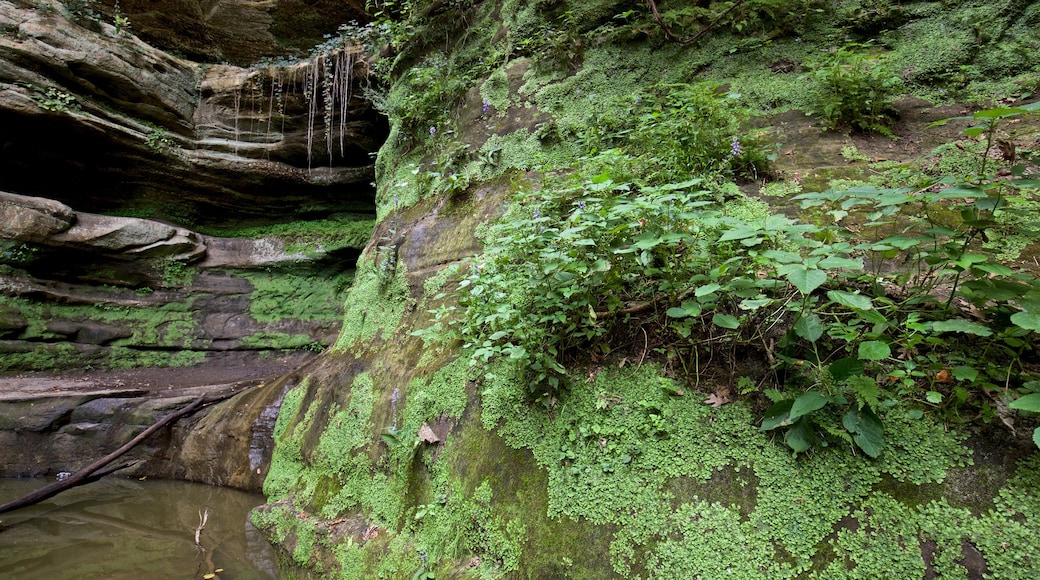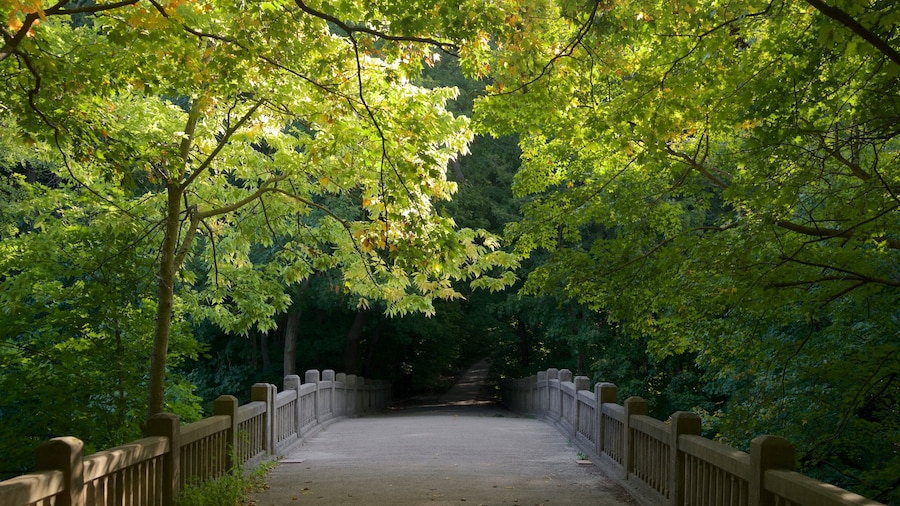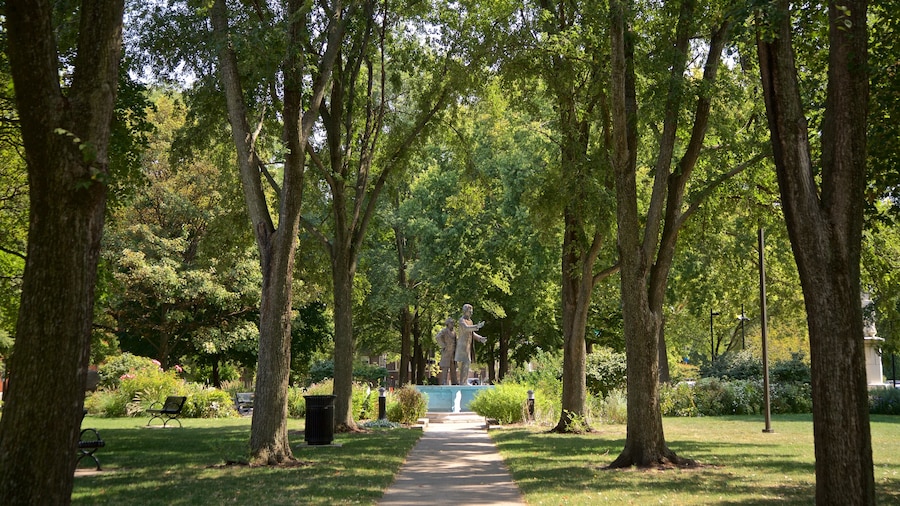The lodge provides a luxurious base from which to explore trails leading to bluffs and canyons of this riverside park. Try ice climbing and eagle spotting in winter.
Comprising dramatic canyons and riverside trails, Starved Rock State Park is among Illinois’ largest and most iconic areas of natural beauty. The site has been the subject of many archaeological excavations, with its fascinating indigenous history showcased in the visitor center. Bring your family to stay overnight in the cabins of the home-like lodge.
For a comprehensive understanding of the park’s geology and history, start in the Starved Rock Visitor Center. Educational displays and videos shed light on the region’s vegetation, wildlife and geology. Pick up a map and chat with staff about the intricate trail system, before planning your journey through the dense woodland of the 2,630-acres (1,064-hectare) park.
Hike along 13 miles (21 kilometers) of trails that meander between bluffs and valleys. Posts and markers correspond with signs on the trail map and guide you along official paths. Use the smartphone app for a guided tour. Prepare meals to eat at designated picnic spots. Several shelters have drinking water, tables and restrooms.
Rent a canoe or bring your own boat to launch from the Boat Ramp. Catch white bass, carp and catfish in the river. In winter, numerous activities open to visitors. Use your own equipment for ice climbing and observe eagles gracing the sky from Eagles Cliff and Starved Rock.
An elegant stone and log lodge from the 1930s is perched atop a tall bluff in the southern part of the park. Enjoy the pool and sauna, before sunbathing on the patio.
The visitor center opens daily from morning until late afternoon. Learn from its exhibits about the Kaskaskia peoples, who lived here between the 16th and 18th centuries.
Starved Rock State Park straddles the southern flank of the Illinois River, near Plum Island. The park is a 2-mile (3.2-kilometer) drive south from Utica in LaSalle County. While in the region, check out Matthiessen State Park, Buffalo Rock State Park and LaSalle County Historical Museum.

















